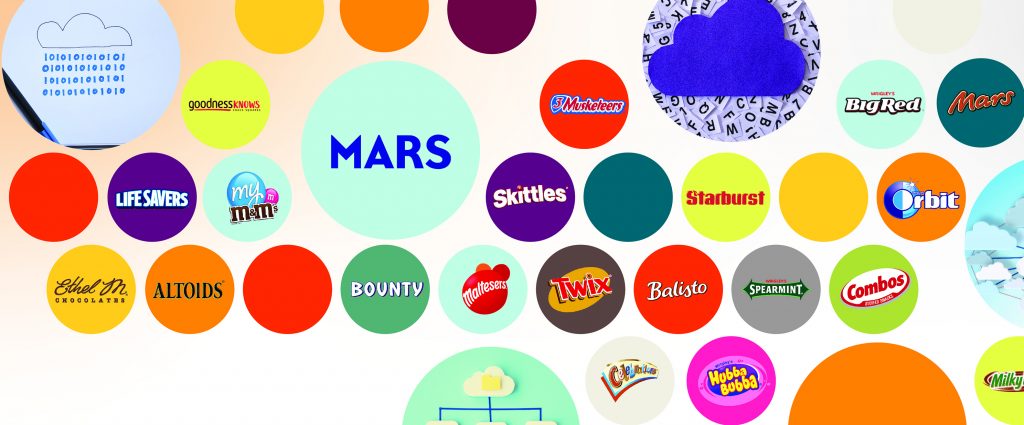by Izzie Gall.
Tabitha Samuel, the deputy director and operations group leader for UT’s National Institute for Computational Sciences (NICS), is used to working behind the scenes.
“We at NICS love connecting the dynamic research community with the resources they need to make critical breakthroughs,” said Samuel. “Our passion is to provide researchers the advanced tools they need to take their valuable work to the next level and beyond.”
For the past six years, NICS has been using that passion to fuel a unique collaboration with Mars Inc. While Mars may be most broadly known for its candy products, like M&M’S, the company is also home to the Mars Advanced Research Institute (MARI).
MARI connects Mars with emerging science and technology to spark discoveries in human and pet health and manufacturing sustainability. MARI works with a global network of top-level technical experts in fields such as plant science, genomics, microbiology, computational science, material science, engineering, chemistry, and economics.
Faced with the sheer scale and complexity of these research projects, Mars turned to UT and NICS. In 2017, the partnership resulted in the creation of MARVEL, the Mars Advanced Research Virtual Environment Lab.
“MARVEL started as a cluster focused on batch computing,” said Lonnie Crosby, group leader for the Scientific Computing Group at NICS. At its inception, MARVEL could hold half a petabyte of data. (A stack of CD-ROMs containing that much data would be taller than the Burj Khalifa.) But the real power behind the project is the strength of the collaboration between the teams.
“MARVEL really provides a meeting place where NICS and UT researchers can interact with Mars scientists and facilitate the research they need,” said Crosby.
Spurred on by the initial successes of the MARVEL project, MARI requested a significant addition to the environment within two years of its launch.
“In 2019, Mars asked us to expand MARVEL to add a private cloud environment, where we’ve been able to help streamline high-priority MARI workflows,” Samuel said. “We’ve taken individual pieces of these pipelines that work in their own silos and created a slimmed-down automated pipeline for researchers to use instead. We’ve drastically reduced the time it takes to get research done.”
The collaboration between MARI and NICS is helping Mars advance its research in critical areas such as health and nutrition, food safety, and processing optimization.
“The success of our collaboration is in no small measure due to the exceptional staff at NICS,” said Samuel. “They have constantly gone above and beyond to provide Mars with an exceptional research computing experience.”
Jim Kennedy, MARI computational science discipline leader, has also been driving the development of MARVEL and the NICS–Mars alliance.
“Collaboration with a broad group of external researchers and experts is what enables MARI to spark the scientific discoveries that lead to transformational innovations for Mars,” Kennedy said. “NICS is a key strategic collaborator and a big reason why computational science is driving new capabilities at MARI and across Mars.”
Crosby and Samuel were excited about the future of the collaboration.
“MARVEL is developing into a powerful, cohesive ecosystem,” said Crosby.
“Be excited about what the future holds,” added Samuel. “If the last six years are any indication, there is a lot more fun in store!”
